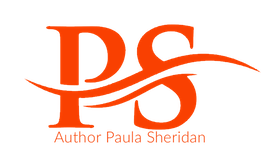I got a fantastic question about novel-to-TV adaptations that connects perfectly with something I've been developing - and I think you'll find both the answer and the broader implications fascinating.
The Magic Numbers for Novel Adaptation
When you're converting a novel series to television, you're typically looking at 15,000-25,000 words per hour-long episode. But here's where it gets interesting - this isn't just a numbers game.
The real challenge isn't cramming X words into Y minutes. It's about identifying which 15,000 words contain the most universe-expanding potential.
Think about it: Game of Thrones didn't just adapt chapters - it found the moments that could spawn entire storylines. The Witcher took source material and discovered natural branching points for multiple character arcs.
Beyond Single-Story Thinking
This is where the biggest opportunity lies. Instead of asking "How do I fit this book into episodes?" the question becomes "How do I turn this book into a narrative ecosystem?" In other words, a whole story universe that readers will binge read.
The Binge Factor: Books vs. Shows
Here's the fascinating parallel: the same techniques that make TV shows bingeable apply directly to novel writing. When Netflix drops a full season, what keeps viewers clicking "next episode"? It's not just cliffhangers - it's the promise of deeper world exploration and character revelation.
Bingeable books work the same way. Readers devour series when each book feels like both a complete story AND a doorway into a larger universe. Think about how readers consume Sarah J. Maas or Brandon Sanderson - they're not just reading individual books, they're exploring interconnected worlds where every story expands their understanding of the larger mythology. The "just one more chapter" impulse mirrors the "just one more episode" compulsion, and both rely on the same narrative architecture.

